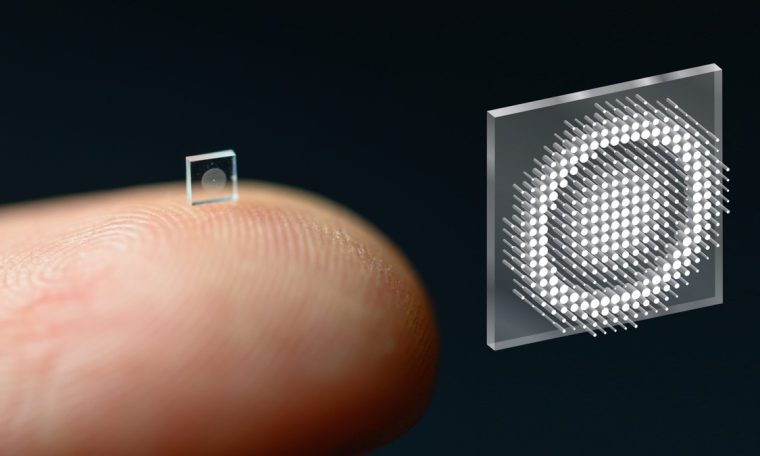
Researchers from the Universities of Washington and Princeton, in America, had made A microcamera, the size of a grain of coarse salt, which is capable of producing high definition color images.
According to an article published in the scientific journal Nature, the photos are 500,000 times larger than the developed product, of equal quality to conventional cameras.
This Technological Advancement Could Make It Possible less invasive imaging tests The camera could perform endoscopy with medical robots, for example – compared to those currently being performed.
It would also be possible to install a series of micro-cameras across surfaces to enable objects to guide themselves.
The construction took place due to a combination of two techniques:
- in the hardware sector, with a manufacturing process metasurfacey – a plane filled with micro-antennas capable of manipulating light, which can be made to resemble computer chips;
- No area of software, algorithms machine learning (Machine Learning) Optimizes the obtained data to produce a high quality image.
The metasurface is studded with 1.6 million tiny cylindrical pins—each with a unique geometry, that are needed to correctly shape the light passing through the sensor.
Comparison with previous versions
Comparison between an image produced by equivalent technology before advance and innovation – Photo: Reproduction / Princeton University
Other attempts to develop these types of cameras have encountered obstacles such as limited fields of view and distorted images.
Combining the pins with algorithms allowed the scientists to obtain the best quality and widest color range images produced by this method.
According to Felix Heid, senior author of the study and assistant professor of computer science at Princeton, photographs perform well in natural light, whereas other efforts in this area require laser light and controlled laboratory environments.
The researchers said they are working to add more capabilities to the camera, such as object detection and other sensing technologies that could be relevant to medicine and robotics.



